Frozen Charlotte doll head pendant - larger doll head jewelry
With a nod to days gone by, a large doll head pendant charm to suspend from a necklace chain, the sweet doll head from a larger Frozen Charlotte doll. Historic whimsical kitschy doll jewelry.
- approximate head measurement - 3/4" x 1/2” (18x14mm) including the small loop at the top, but not the second bail loop
- photographed with a US dime and ruler for scale
- doll head metal - solid sterling silver (.925 silver) or bronze - select at checkout
- jump ring bails - sterling silver
- it's pretty heavy, 12.26 grams, the equivalent of just under 5 US pennies
- charm only, the oxidized chain shown in the photos is sold separately here
Playing with Dolls ~ Historic Doll Jewelry
Hand crafted by sand casting a Victorian era (1850 - 1920) bisque porcelain doll, (no antique dolls were harmed in the process) now commonly referred to as a Frozen Charlotte, then hand finished and made wearable in my little studio.
The sand cast texture is meant to look like a relic that has been forgotten, has been unearthed after years in the ground, the years that have passed since we've left childhood, since we last thought about playing with dolls.
How time and life has changed us and made us the treasures we have become.
Find more frozen Charlotte playing with dolls jewelry here.
The original penny dolls were rigid one piece, un-jointed bisque porcelain dolls made during the 19th and early 20th centuries and most were made in Germany. The one inch sized dolls were commonly known as penny dolls or penny babies because they generally sold for one cent. The popularity of the penny dolls can be attributed, in part, to the fact that their relatively low price allowed children to accumulate a collection of dolls with which to play. The tiniest dolls were often used in doll houses and some were even baked in cakes and puddings, hidden as favors or fortunes.
Their sizes ranged from 1” to 18” and the dolls were undressed in a standing position so children would make clothes for them to wear. Some dolls were made by glazing the front but not glazing the back so that they would float on their backs in the tub ... bathing babies.
Now the dolls are commonly known as Frozen Charlottes, after a cautionary tale based on a real event (1840) in which a girl froze to death on the sleigh ride to a winter ball … which sparked a poem by Mrs. Seba Smith (1841)
“A Corpse Going to a Ball” and tells how a young man took Charlotte to a winter ball by sleigh one very cold evening. Charlotte was too proud to wrap up in the blanket and by the time they reached the party she was frozen to death.
Impressed with history!
©2024 suegray jewelry

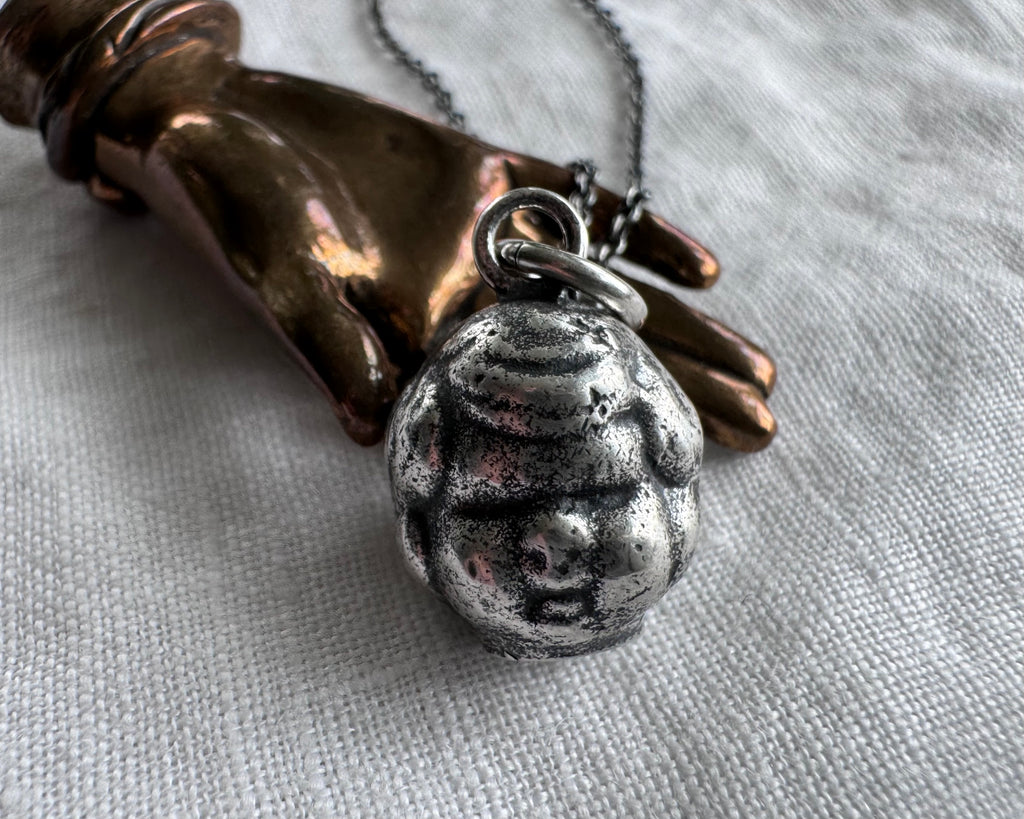
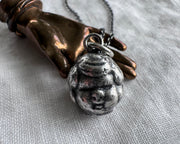
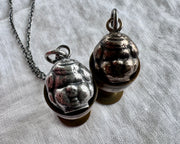
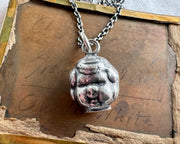
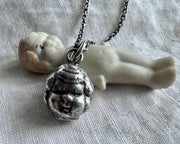
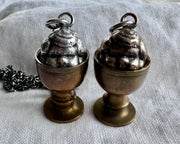
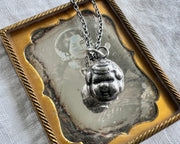
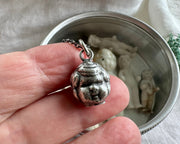
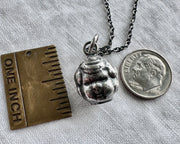
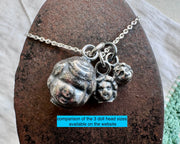
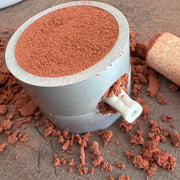
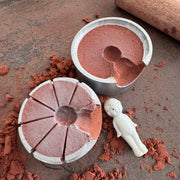
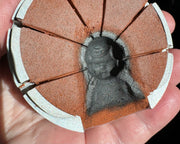
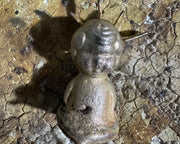

 Pin it
Pin it